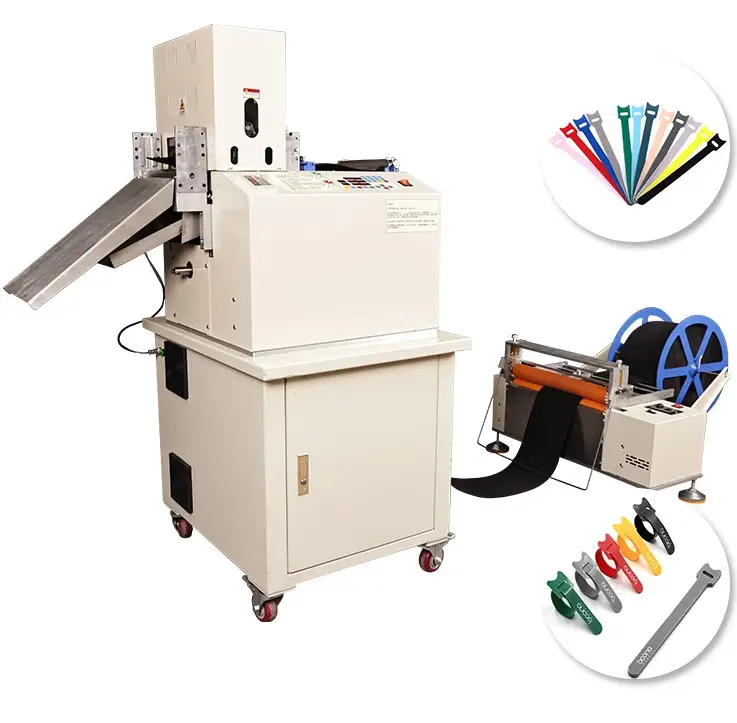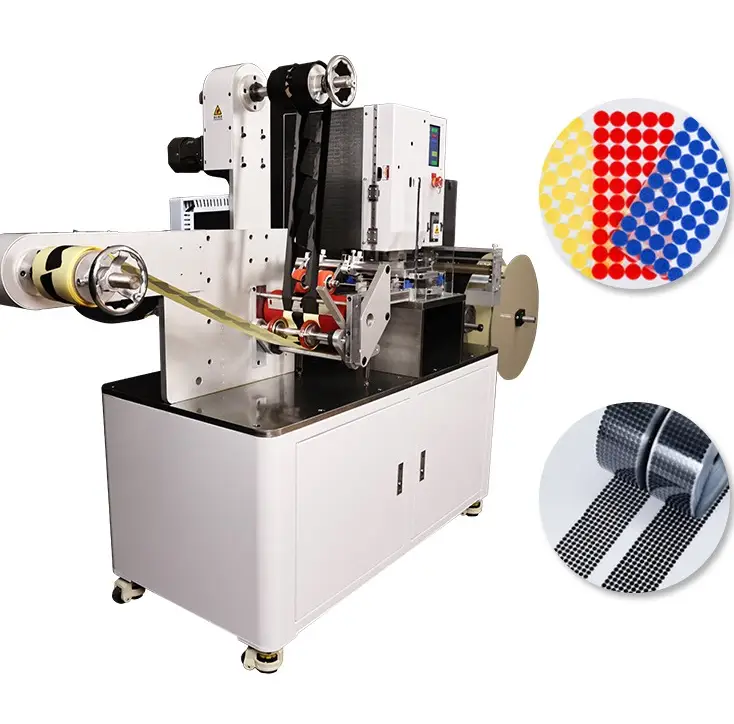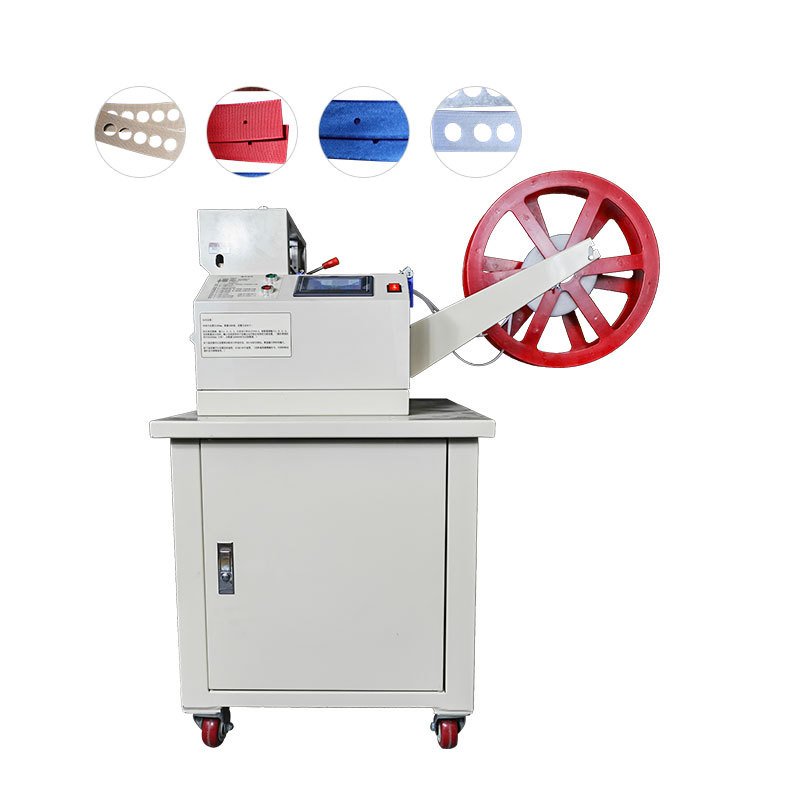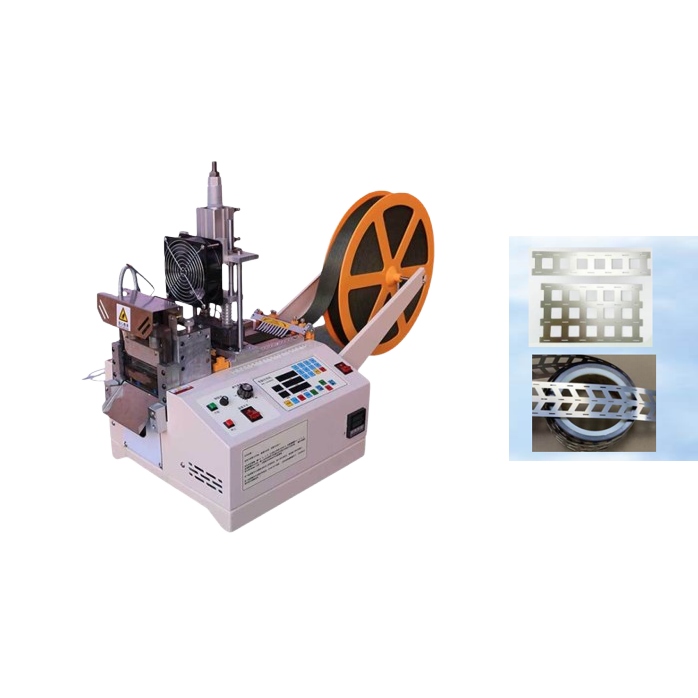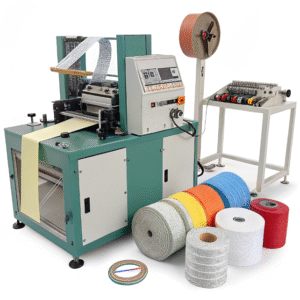Can One Machine Cut All Types of Foam?
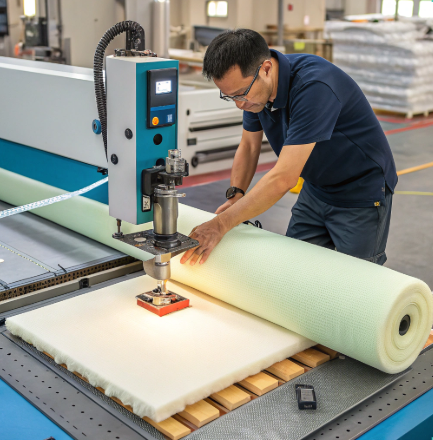
Have you ever wondered if one machine can handle every foam type? It seems simple—but it’s not.
No single machine fits all foam types. Each foam needs the right cutting tech for clean, safe, and efficient results.
No single foam cutting machine can handle all foam types with equal efficiency and precision. Foam materials differ in density, texture, and composition, requiring tailored cutting methods. For instance, hot wire cutters work best for polystyrene, while denser foams may need CNC routers or laser cutters. Using the right machine ensures clean cuts, improved safety, and optimal results for each specific foam type. This guide explains which foam matches what cutting method. You’ll stop guessing and start cutting precisely.
What Materials Work Best with Each Cutting Technology?
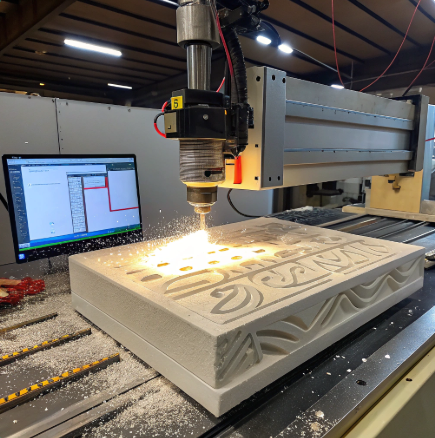
Each foam has its own structure, density, and needs. Using the correct cutting tech is key.
Thermal (Hot Wire) Cutting?
Opening paragraph:
Hot wire cutting seems perfect, but mistakes can ruin foam or hurt operators.
Hot wire cutting works best on expanded polystyrene (EPS), polyurethane, and polyethylene foams with consistent density.

Dive deeper
Hot wire cutting melts foam using a heated wire. It glides through and leaves a smooth edge. Yet it can’t cut all foams.
🔍 Foam Types and Hot Wire
- EPS (Expanded Polystyrene): Great match. Hot wire cuts straight and clean.
- PU (Polyurethane): Works well too.
- PE (Polyethylene): Medium success, but thickness matters.
- EVA (Ethylene-vinyl acetate): Tends to melt too much.
- Cross-linked foam: It’s hard because density varies.
- PVC or PET foam: Doesn’t work – emits toxic fumes and melts too much.
✅ Pros & Cons
| Pros | Cons |
|---|---|
| Smooth edges, cheap setup | Emits fumes; not for thick or rigid foam |
| Accurate, minimal waste | Needs ventilation and careful heating |
Best Use Cases
- Insulation shapes from EPS
- Customized core inserts in packaging
- Hobby crafts with PU foam
Setup Tips from My Factory
At Suzhou Haoxinhe Electrical Equipment Co., Ltd., we prefer hot wire for basic EPS blocks. We maintain set temperature and constant wire tension for best results.
Cold Knife Cutting (Blade Cutting)?
Opening paragraph:
Sharp blades can beat hot wire when heat is a problem.
Cold knife cutting works on dense foams like EVA, cross-linked polyethylene, polyurethane foam blocks, and specialty foams.
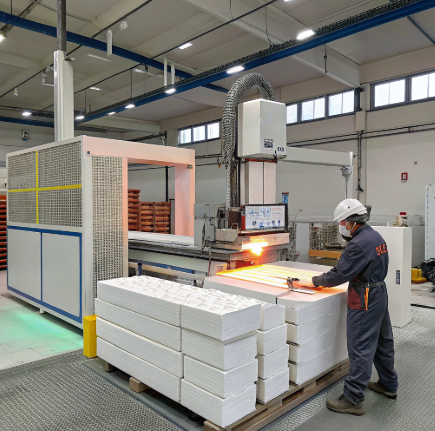
Dive deeper
Cold knife uses mechanical blades. It cuts by slicing. The key is sharp blades and power.
🧩 Foam Types
- EVA: Soft and dense, blade works well.
- Cross‑linked PE: Strong and resilient; needs blade strength.
- PU: Good for thick pieces.
- PVC or PET: Harder, but doable.
- Hard polyurethane or specialty foams: Great match.
🔧 Pros & Cons
| Pros | Cons |
|---|---|
| No heat, no fumes | Edges may compress or deform |
| Cuts thick/dense foam | Needs strong motor and blade maintenance |
Applications
Cold knife is perfect for:
- EVA mats and pads
- Technical padding
- Custom inserts using PU or PVC
Factory Insight
Our high-speed trademark cutting machine from Haoxinhe uses cold blades. We adjust blade type and speed. We sharpen daily to avoid compressing dense foam. We also monitor motor load.
CNC Routing and Blade Cutting?
Opening paragraph:
Precision is needed for complex shapes and intricate cuts.
CNC routing with rotating blade is ideal for thick blocks of PU, PVC, and composite foam; it also can handle medium-density EVA and PE.
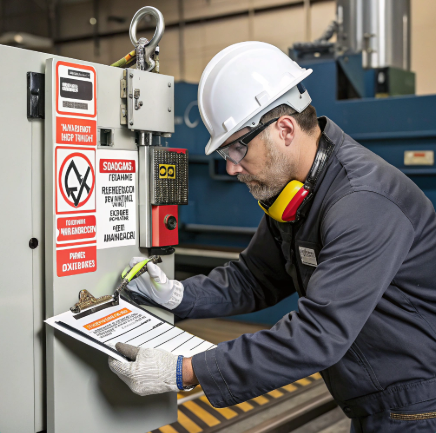
Dive deeper
This method uses CNC control and a spinning router bit. It shapes foam in 3D, cuts outlines, and engraves.
📌 Foam Materials
- PU / Rigid foam: Foam block, automotive core, insulation shapes.
- PVC: Less heat than hot wire. Works well.
- Composite foam (e.g., foam with wood, cloth): CNC can navigate texture changes.
- EVA, PE: Works, but edge finish may need sanding.
🛠 Pros & Cons
| Pros | Cons |
|---|---|
| Precise, complex shapes | Requires large machine, dust control, slower |
| Handles thick material | Needs powerful dust collection |
Use Cases
Perfect for:
- Automotive prototypes
- Architectural models
- Custom tooling for labs
Factory Note
Suzhou Haoxinhe’s computer tube cutting machine and rotary bevel cutting machine are ideal for cylindrical foam or rolled foam with CNC control. We ensure dust extraction to protect bearings and motor.
Waterjet Cutting?
Opening paragraph:
Waterjets can slice almost anything—but foam reacts differently.
Waterjet cutting is great for thick, rigid foams like PVC, PET, and composites; not suitable for soft, flexible foams like EVA or PE.

Dive deeper
Waterjet sprays a mix of water and abrasive at high pressure. It creates precise cuts in hard materials.
🔧 Foam Types
- Rigid PVC / PET foam: Clean cuts, minimal heat issues.
- Composite and honeycomb panels: Cuts bonding without delamination.
- Closed-cell PET: Works; avoids dust.
- Soft foams (EVA etc.): Water soaks and loses shape; not good.
✅ Pros & Cons
| Pros | Cons |
|---|---|
| No heat, no burning | High water use, expensive machine |
| Sharp, clean edges | Requires drying and water recapture |
Applications
Use this for:
- Packaging inserts in rigid foam
- Composite tooling
- Precision lab die cutting
In My Experience
In labs and pharma, foam often had PVC or PET. We used our metal pipe cutting and beveling machines with waterjet heads. We added water recycling and drying zones. Results were precise and clean.
Ultrasonic Cutting?
Opening paragraph:
Unique but niche, ultrasonic cuts make smooth edges on soft foams.
Ultrasonic cutting suits soft foams like PE, polyurethane open-cell, and fabric-backed foam foam.

Dive deeper
Ultrasonic cuts using vibrating blade to reduce drag and heat. Works cleanly on soft, flexible foams.
🌬 Foam Types
- Open-cell PU: Cuts like butter.
- PE foam: Good for clean edges in sheets.
- Fabric-backed foam: Ultrasonic cuts fabric and foam layer cleanly.
🔍 Pros & Cons
| Pros | Cons |
|---|---|
| Clean edges, less pressure | Expensive and limited thickness |
| No melting, low dust | Airborne particles possible |
Use Cases
Common in:
- Medical packaging
- Foam used in automotive upholstery
- Soft insert applications
Factory Insight
Our automatic punching cutting machine can add ultrasonic heads. We combine speed and precision. We train operators on amplitude settings. This keeps cuts clean and reduces material stress.
Conclusion
No single machine cuts every foam type well. Each foam has a matching tech. For best results, match foam type to cutting method.
🔍 Insight: Why One Machine Can’t Cut All Foams—And That’s a Good Thing
After two decades in the foam machinery space, I’ve learned this: trying to cut every foam with one machine is like using a hammer for every household job—it’ll break more than it fixes.
Different foams behave wildly under pressure, heat, vibration, or moisture. For example, soft PE foam melts under a hot wire, while rigid PVC might crack under a blade. I’ve seen factories try to cut dense EVA with hot wire—they end up with fumes, poor edges, and wasted stock.
Instead of chasing a “universal” cutter, successful operations invest in purpose-built machines matched to high-yield materials. That’s what Suzhou Haoxinhe Electrical Equipment Co., Ltd. does right: machines like rotary bevel cutters or CNC routers tailored to specific foam densities and shapes. When clients see your machine nails their exact spec—clean edges, zero waste—they trust your output.
So don’t sell versatility. Sell precision. Match the machine to the material, and you’ll win in cost, quality, and client retention.
By choosing correct cutting tech—like hot wire, cold knife, CNC, waterjet, or ultrasonic—you maximize ROI on Haoxinhe machines. This boosts material use, speeds delivery, and aligns with quality expectations.

